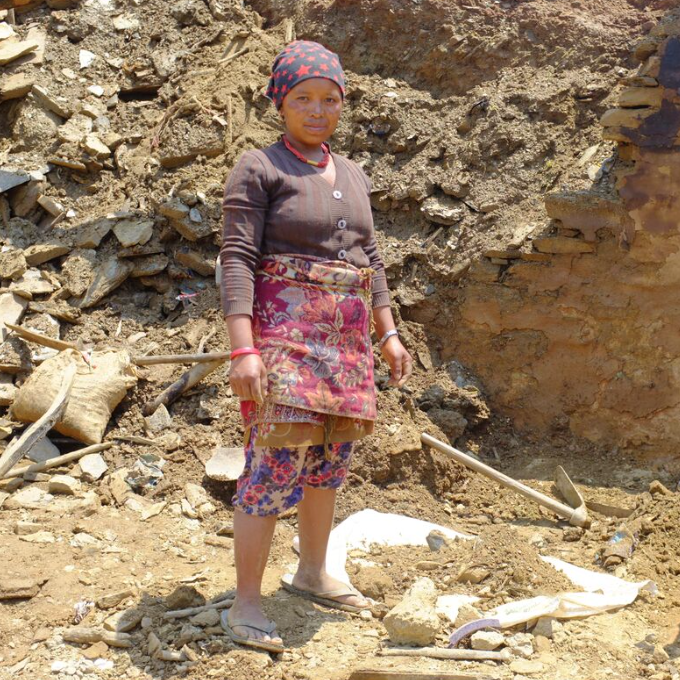Fears for children as Nepal struggles with massive rebuild
The destruction was immense and the task of rebuilding is huge for the people of Nepal in the aftermath of two major earthquakes. Alongside the immediate need for food and shelter, the nation's children face extra dangers.


By TIFFANY KORSSEN
It has been two trying months since Kathmandu was first rocked by a devastating 7.8 magnitude earthquake that killed more than 8000 people and wounded thousands more.
And while global spotlight quickly retreated from the ruins, Nepalese people are continuing to sift through the rubble of their former lives to survive.
To date, Australia has given $20 million to help rebuild. However, the UN said only 31 per cent of the money needed had been raised worldwide.
According to the UN analysis, if Nepal is to have a chance at rehabilitation, more than $290 million in healthcare, building materials and agricultural goods still needed to be injected into the developing nation.
Plan Australia media relations manager Adam Cathro was in Kathmandu when a second major earthquake struck – with a magnitude of 7.3 – on May 12.

“Now everyone is very jumpy and on edge, they’re living in constant fear because they thought it was over, now they think it could return any day," he said.
"The houses left standing often have giant cracks and even a slight tremor could knock everything down.”
Locals desperately needed ongoing support from countries such as Australia, he said.
Many people are living in donated tents among debris, he said, and people looked terrified whenever dogs howled, which happens when an earthquake is about to hit.
A bigger issue is the culture of child exploitation that is threatening to erupt because of the destruction.
[gallery type="slideshow" ids="6094,6093,6092,6091,6088,6087"]
“We’re meeting their immediate needs for shelter, food and safe spaces, but this is an ongoing issue,” Mr Cathro said.
“Because so many schools have been shut down, children face a bleak future in so many ways if we don’t continue to help them get back on their feet.”
About 28,000 classrooms across Nepal were destroyed and another 12,000 were damaged from the two major earthquakes, forcing children on to the streets or into labouring jobs.
“Because the schools are shut, more kids are also working when they shouldn’t be … we really need to get these institutions up and running again and it is a difficult and continuing struggle,” he said.
“It can be very chaotic, young people can lose family and become separated and unfortunately there are people who try to take advantage of that to traffic children.”
And because families are under more stress, they are being forced to make difficult decisions to stay afloat, which include marrying off young children for a set price, he said.
Of Australia’s $20 million donation, only $50,000 has been committed to protection for women and girls.

However, Ambassador Glenn White will represent Australia at the international conference on Nepal’s reconstruction in Kathmandu tomorrow (June 25) to assess the direction of our aid.
The Department of Foreign Affairs and Trade has also confirmed there will be two Australian reconstruction engineers deployed to Nepal to advise on the rebuilding of disaster-resilient schools.
Australian donations through organisations such as Plan will go toward the reconstruction of schools, as well as to maintaining child-friendly spaces and counselling services to educate communities on the risks of child marriage and human trafficking.
To help, visit: plan.org.au





